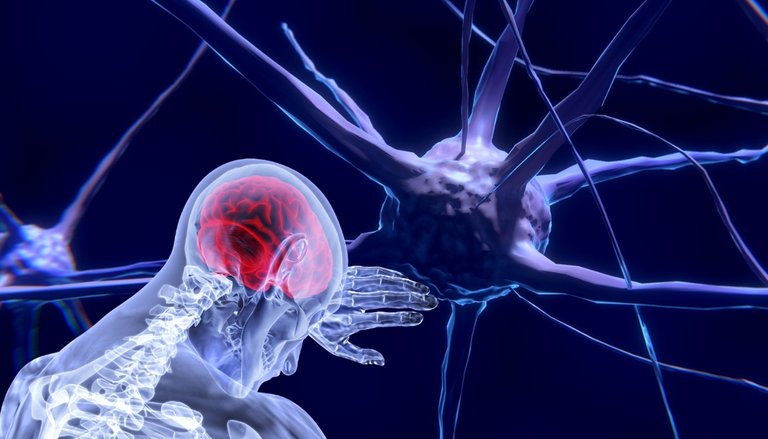It should be clarified if the coronavirus causes neuropathogenesis

Lately, in addition to the effects of covid-19 on the lungs, neurological effects are suspected. The most frequent neurological damage in patients has been mild: loss of smell (anosmia), lack of perception of flavors (ageusia) and headache. However, in some cases, strokes, certain loss of consciousness, seizures, and encephalopathies have also been described.
It is not clear whether neurological complications are due to the virus itself or secondary mechanisms. That is, they do not know how to lose smell, for example, if it is a clinical anosmia or an injury of olfactory neurons. Therefore, to clarify whether SARS-CoV-2 is neurotropic, in the journal JAMA Neurology the results of the published research on all the viruses of the family of the coraviruses have been analyzed.
The evidence so far indicates that SARS-CoV-2 can infect the central and peripheral nervous system. It has been tried to identify which tissues infects the virus in particular and which is its entry into the central nervous system, and it seems that the neuronal invasion of the virus can occur through the olfactory nerve, the endothelium infection of the blood vessels, or the migration of leukocytes through the blood-brain barrier.
SARS-CoV-2 achieves infection associated with the ACE2 receptor of mammal cells. In the case of humans, ACE2 is expressed in respiratory epithelia, renal cells, small intestine and vascular endothelium. However, a study indicates that it is also expressed in neurons, astrocytes, and oligodendrocytes. The possibility of expressing ACE2 in the brain has generated concern, since it can give the virus the ability to infect neurons of the central nervous system and glial cells.
To reach all these conclusions, the researchers have analyzed the existing scientific literature around the whole family of the coronavirus. In fact, today, in addition to the typical human coronavirus that produces the common waterfall (HCoV-229E), six other coronavirus (CoV) can infect humans: HCoV-NL63, HCoV-HKU1, HCoV-OC43, MERS-CoV, SARS-CoV-1 and SARS-CoV-2. However, researchers have stated that, unlike other scientific issues, due to the emergence of COVID-19, many studies on SARS-CoV2 have been published without peer evaluation, which does not guarantee sufficient guarantees to obtain clear and reliable conclusions. In addition, more research is needed to ensure that neurological damage is not a side effect of medications used to limit virus infection.
According to the researchers, it is therefore essential to carry out more neuropathological research on the virus to understand well the pathogenesis of the disease that SARS-CoV-2 produces in the central nervous system and, after curing covid-19, perform the corresponding neurological and cognitive evaluation to prevent the disease from having long-term neurological effects.
Buletina
Bidali zure helbide elektronikoa eta jaso asteroko buletina zure sarrera-ontzian











